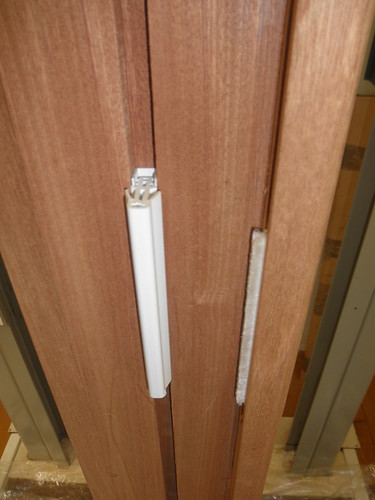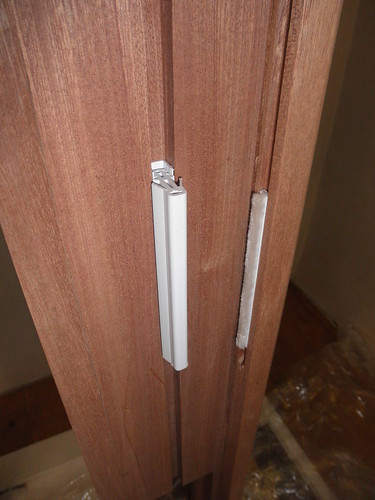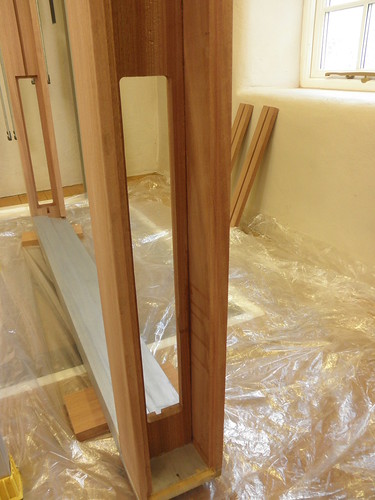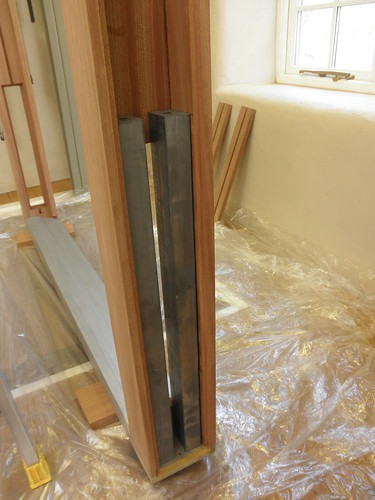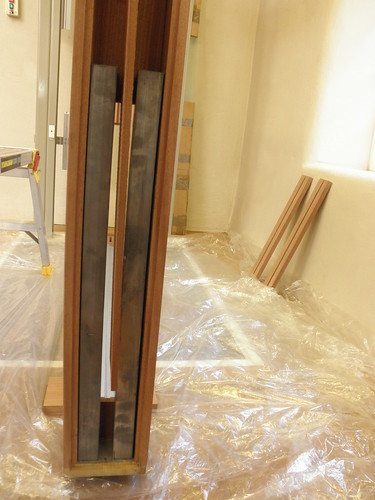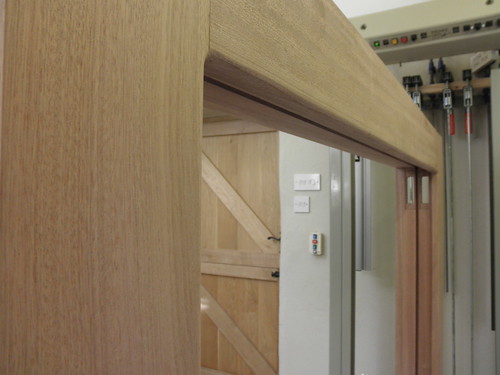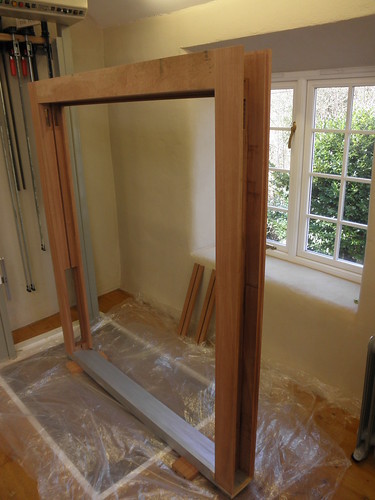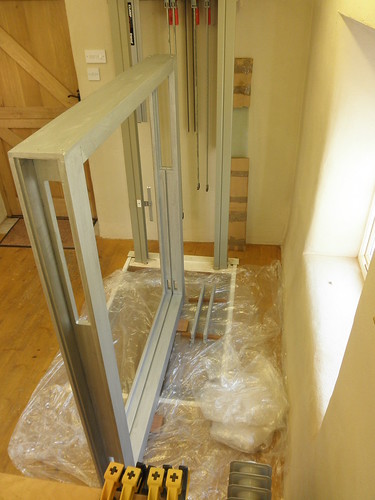John Smith
Established Member
The wagtail, also known as a parting slip is a thin section of timber or ply which hangs suspended vertically between the counter balance weights from the box frame head. Its purpose is to stop the weights from clashing with eachother as they move when the sashes are opened and closed.
Draught proofing is acheived (I hope) with the use of the extruded parting bead (located between the sashes) that a have mentioned earlier in the thread and weather pile strips routed into both the inner face of the outer lining and the outside edge (closest to the inner sash) of the staff bead. The staff bead is the bead which holds the inner sash in place. Traditional box sash windows didnt have any of the draught proofing mentioned above.
I will do a sketchup drawing to try to explain it better.
John
Draught proofing is acheived (I hope) with the use of the extruded parting bead (located between the sashes) that a have mentioned earlier in the thread and weather pile strips routed into both the inner face of the outer lining and the outside edge (closest to the inner sash) of the staff bead. The staff bead is the bead which holds the inner sash in place. Traditional box sash windows didnt have any of the draught proofing mentioned above.
I will do a sketchup drawing to try to explain it better.
John




